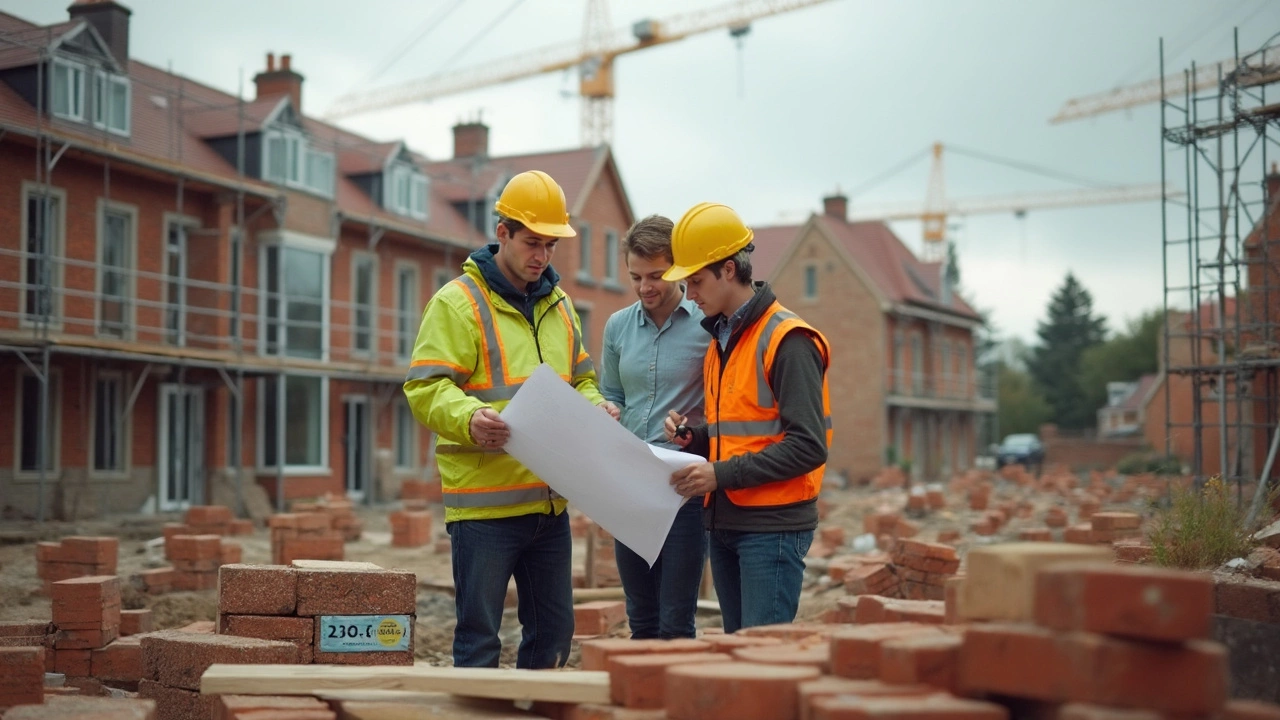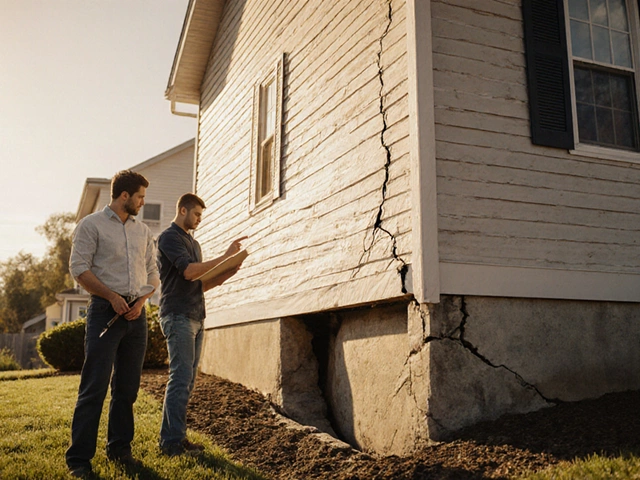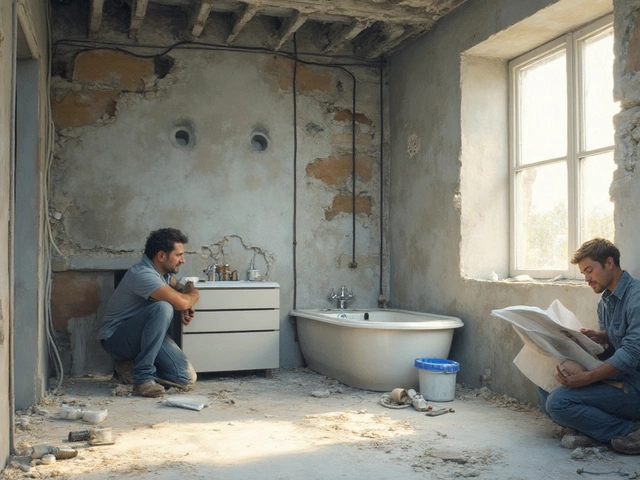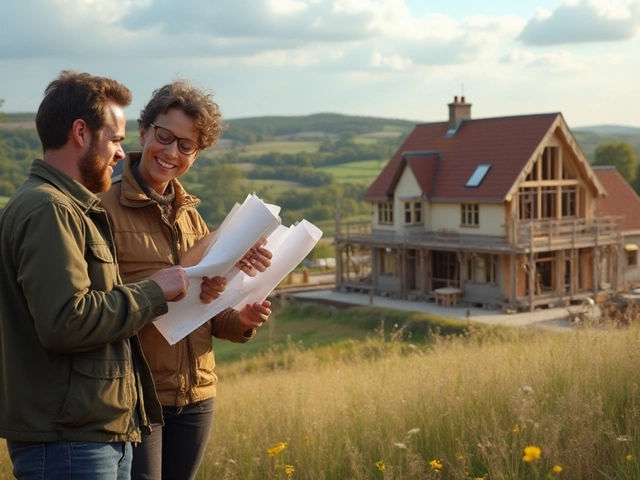House Building Cost: A Straight‑Forward Guide to Budgeting Your New Home
Thinking about building a house? The first question on everyone’s mind is the price tag. While costs vary by location, size, and materials, you can keep surprises at bay by knowing the big spend areas and where you can save.
Key Expense Categories
Most budgets fall into five buckets: land purchase, foundations, superstructure, interior finishes, and professional fees. Land is often the biggest chunk – especially in high‑demand areas – but a solid foundation can quickly become the next big spender. Expect to spend 5‑10% of your total budget on excavation, lime‑stone aggregate, and concrete work. Local quarries, like Lime Hillock, provide limestone that’s both cost‑effective and strong for footings.
Once the slab is set, the frame goes up. Timber framing (Type 5 construction) is cheaper than steel, but you’ll need to factor in insulation and fire‑rating requirements. Roofs vary widely: a basic slate or tile roof can cost £70‑£120 per square metre, while a premium slate or metal roof pushes that number higher. Remember to add roof‑replacement budgeting – a roof can be the most expensive renovation later on.
Ways to Control Costs
First, nail down a realistic square‑footage target. Every extra 10 m² adds roughly £1,000‑£1,500 in materials and labour. Second, consider a dry‑fit kitchen. Planning cabinets, appliances, and plumbing before the final install saves time and prevents costly re‑work. Third, watch for foundation‑related red flags early. Small cracks can be sealed with epoxy, but big movement means you may need a full replacement, which can double the foundation budget.
DIY can help, but only for non‑structural jobs. Sealing hairline cracks, improving drainage, or re‑grading the site are doable if you have basic skills. Anything that affects the house’s stability – like underpinning or major concrete pours – should be left to pros. The DIY route can shave a few hundred pounds off, but a mistake could cost thousands in repairs.
Lastly, negotiate like a pro. Get multiple quotes, compare material specs, and ask about timing discounts. Contractors often have flexibility on low‑season work; planning your build in the off‑peak months can lead to lower labour rates.
Bottom line: a well‑planned budget, realistic expectations, and a clear understanding of where the money goes will keep your house building cost under control. Use resources like local limestone suppliers for solid foundations, and keep an eye on the major cost drivers – land, foundation, and roof – to avoid nasty surprises. Happy building!
Cheapest Building Method: How to Build More for Less

Want to build a house without blowing your budget? This guide digs into the most affordable ways to build, breaks down real-life costs, and highlights construction methods that save the most money. You’ll learn which materials and designs actually cut expenses—not just in theory but on real job sites. Plus, get practical tips to dodge common money-wasting traps. If you’re dreaming of a new build, this article gives you the straight talk on building as cheap as possible.
read moreWhy Is Building a House So Expensive? Real Reasons You Didn't Expect

Ever wondered why building a new house seems to drain your wallet faster than you expect? This article breaks down the real reasons behind sky-high construction costs today. From material prices and land fees to surprise expenses, get the facts you actually need. Discover smart tips to keep your budget under control. Read on before you start your build.
read more



